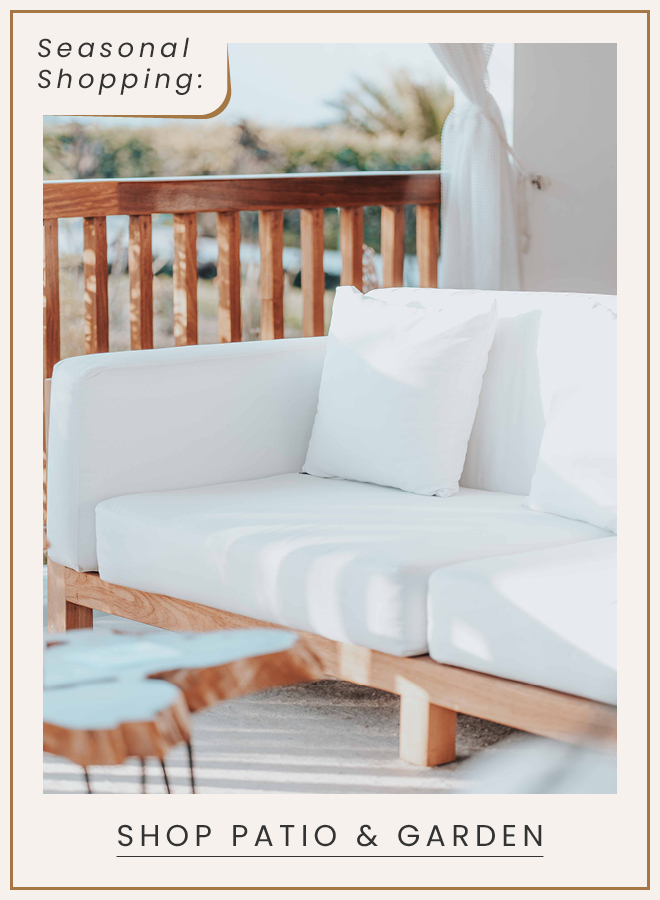How to Keep Your Patio Furniture from Blowing Away in the Wind
Apr 12th 2023
If one strong gust of wind is enough to send your outdoor furniture skidding across the patio or your umbrella table toppling to the deck, you’ve probably struggled to find a solution. After a storm, no one wants to find their patio chairs lying in a mud puddle – or at the bottom of the swimming pool.
Spring and summer weather can sometimes be intense, but there are several things you can do to keep your patio furniture in place when the wind blows. While no outdoor furniture is a match for a hurricane or tornado, these suggestions should work in the majority of situations.
10 Ways to Keep Your Patio Furniture from Blowing Away
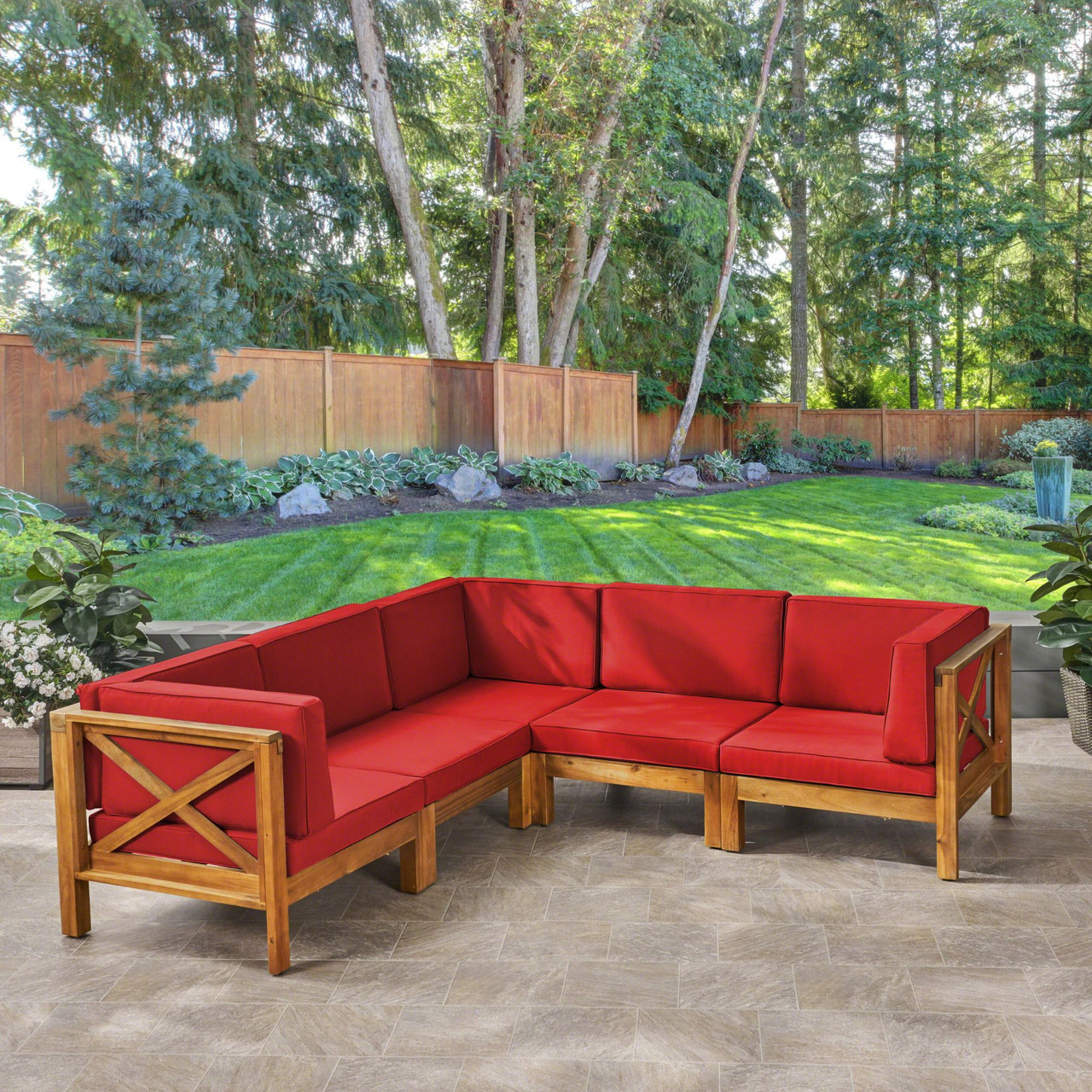
1. Invest in heavy furniture. When it comes to battling stiff winds, heavier outdoor furniture made of wood, wrought iron, cast aluminum or steel is better at withstanding the challenge. There is a tradeoff, however. Heavy outdoor furniture may be harder to rearrange or store. Also, iron and steel could potentially leave marks on your patio or deck, either from scrapes as you attempt to move furniture, or rust stains from aging.
2. Stake furniture in place. In a grassy area, lawn stakes or garden staples can be used to anchor lawn furniture into the ground. Depending on the type of outdoor furniture you own, you may be able to fit the stake into or over a chair leg. Another option is to tie part of the frame to the lawn stake with cord.
3. Plant a windbreak. Planting a row of shrubs or hedges a few feet away from your patio can help block the wind. The denser the shrubs, the more effective the windbreak. Make sure your wind block plants are situated upwind, perpendicular to the direction in which the wind most commonly blows. A natural windbreak also creates a nice backdrop in your yard and adds privacy. If a natural windbreak is not possible, a privacy fence or trellis can also lessen the effects of a stiff breeze.
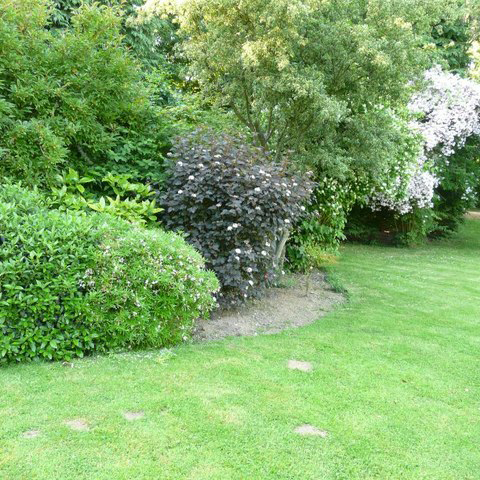
4. Use furniture weights. You can buy furniture weights made specifically for windy situations. Products include saddle-style sandbags that can be thrown over a chair back or arm. Other sandbags and weights wrap around the legs of your patio furniture. Do-it-yourselfers can find many online instructional blogs and videos showing how to make your own patio furniture weights using sand, rice or pebbles.
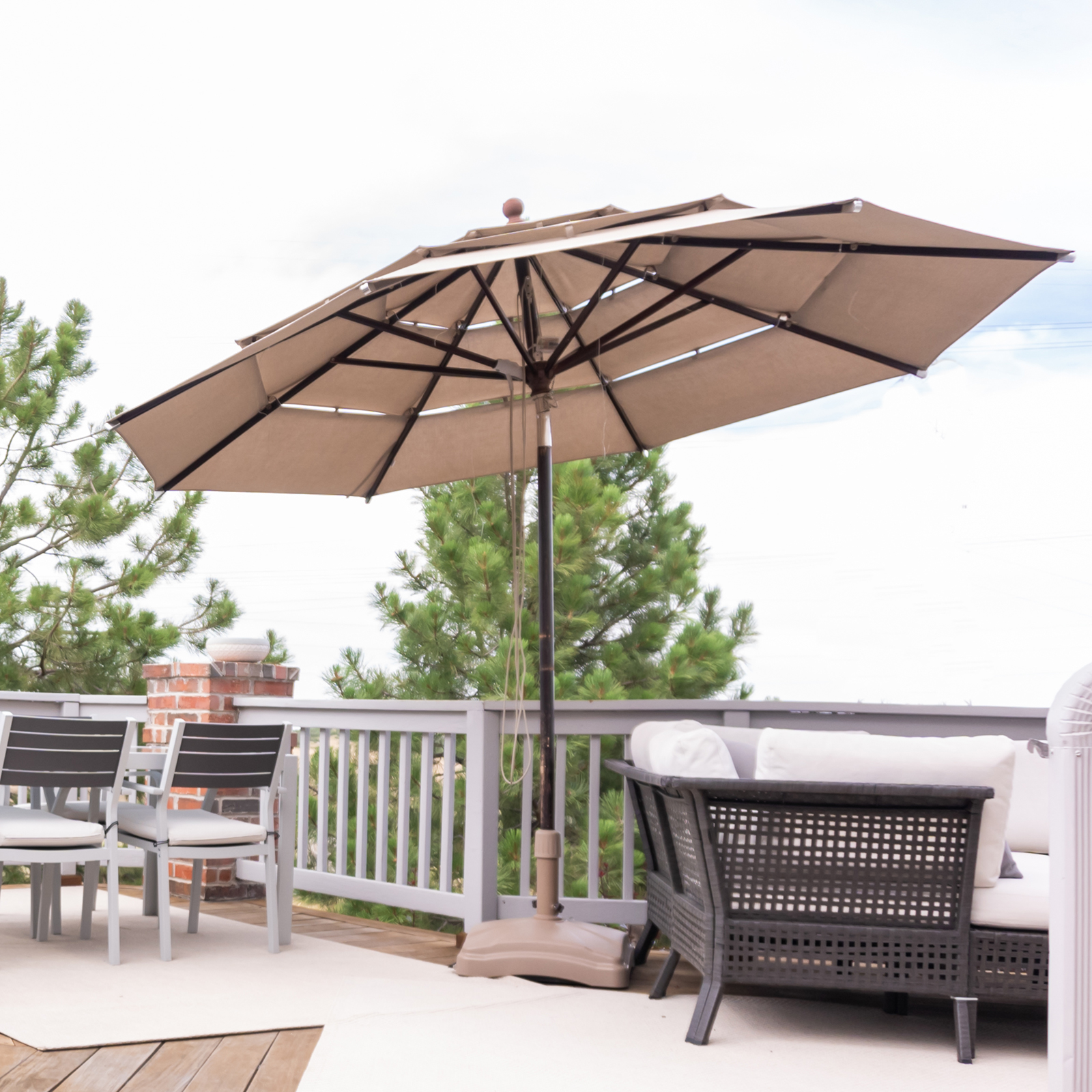
5. Get a weighted umbrella base. Your patio umbrella is the accessory most likely to fly away first. Making sure it is retracted and tied down when not in use can help, but if that isn’t enough to keep your umbrella table secure, invest in a heavy umbrella base. Umbrella bases may be made of dense materials or filled with water or sand. Alternatively, put the umbrella away when high winds are predicted.
6. Make it stick. Ever heard of earthquake gel? Created to keep glass items from slipping off shelves and breaking during earthquakes, some homeowners find museum gel a handy way to keep patio furniture in place.The clear gel can be applied to the feet of your chairs and tables. The gel may make it harder to rearrange or adjust your seating, but it is easily removable.

7. Tie it down. Tie down furniture with rope or bungee cords. Stretchy bungee cords come in various lengths and can be used to tie several pieces of outdoor furniture together. This creates a bulky mass that will be harder for the wind to move. You also can bind smaller objects to larger or immovable objects, like trees or poles, for extra security.
8. Anchor it. What if your furniture is on a patio or deck? It is possible to permanently bolt your furniture to a solid surface like decking or concrete, however there are some disadvantages to this solution. First, you may need some specialized equipment, like a masonry drill bit. Second, once it’s anchored in place, you won’t be able to rearrange your outdoor furniture at all – not even to scoot a little closer to the fire pit. Finally, when you’re ready to replace your patio furniture, you’ll likely have to fill in the anchor holes.
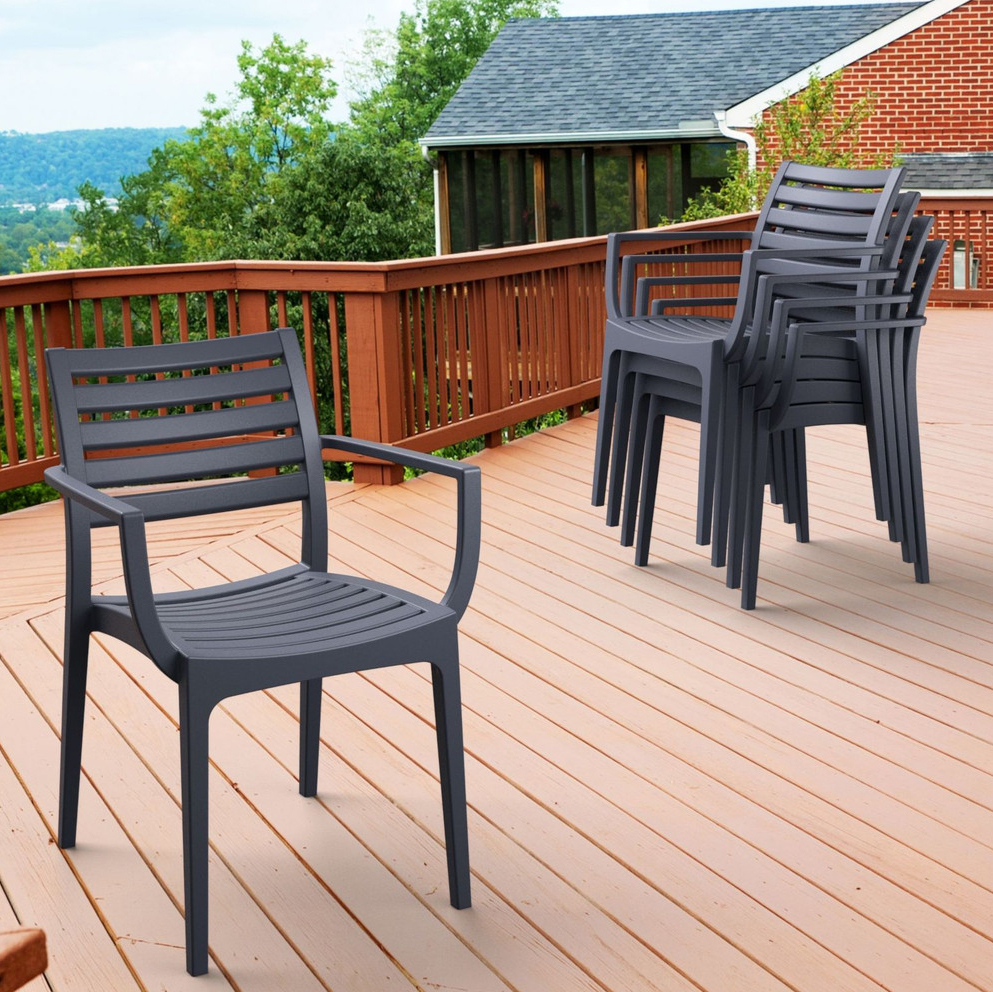
9. Stack your chairs. Stackable chairs stored in a corner or against a wall have a better chance of staying put, even if the chairs are relatively lightweight. A fitted cover will protect your furniture from damage and also help keep it all together in one place.
10. Bring the furniture indoors. Depending on the quantity and size of your patio furniture, consider storing it in a shed, sunroom or garage seasonally or during periods of severe weather. This is also a good way to keep your furniture protected from scratches or breakage caused by falling tree branches, as well as winter snow and ice.
How to Keep Your Outdoor Chair Cushions from Blowing Away
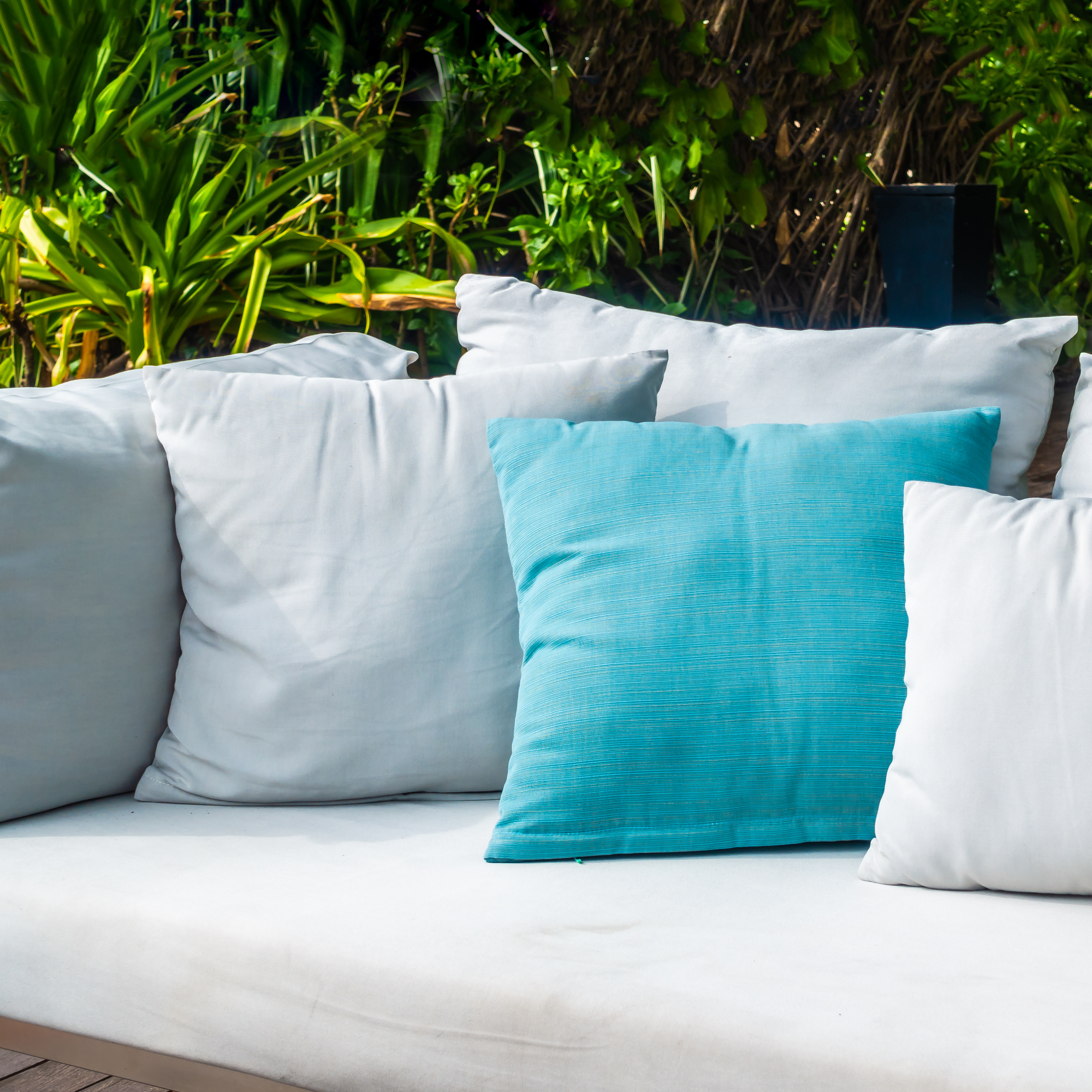
Maybe it isn’t your furniture, but your outdoor cushions you sometimes find blown across the lawn after a storm. There are a few things you can do to help ensure patio cushions stay put.
If your patio chair cushions don’t have ties to attach them to your furniture, you can add them. Or use hook-and-loop tape sewn to the bottoms of the cushions and adhered to the base of the seat to keep them in place. Zip ties could work, too!
To keep your outdoor throw pillows and outdoor cushions clean and dry, bring them indoors during severe weather.
Alternatively, invest in a deck box. This weatherproof outdoor storage container is made to keep cushions and other patio and pool accessories secure. To help prevent stains and mildew growth, make sure cushions are clean and dry before storing.
Your patio furniture is not only a significant investment, but a way to help you enjoy your outdoor spaces. Protecting patio seats and dining sets from being battered by the wind and weather helps reduce the risk of damage and ensures it’s ready to use when the wind dies down.
Yo may also like:

Need help with decorating tips? Choosing the right tree?
Christmas Central Resources
